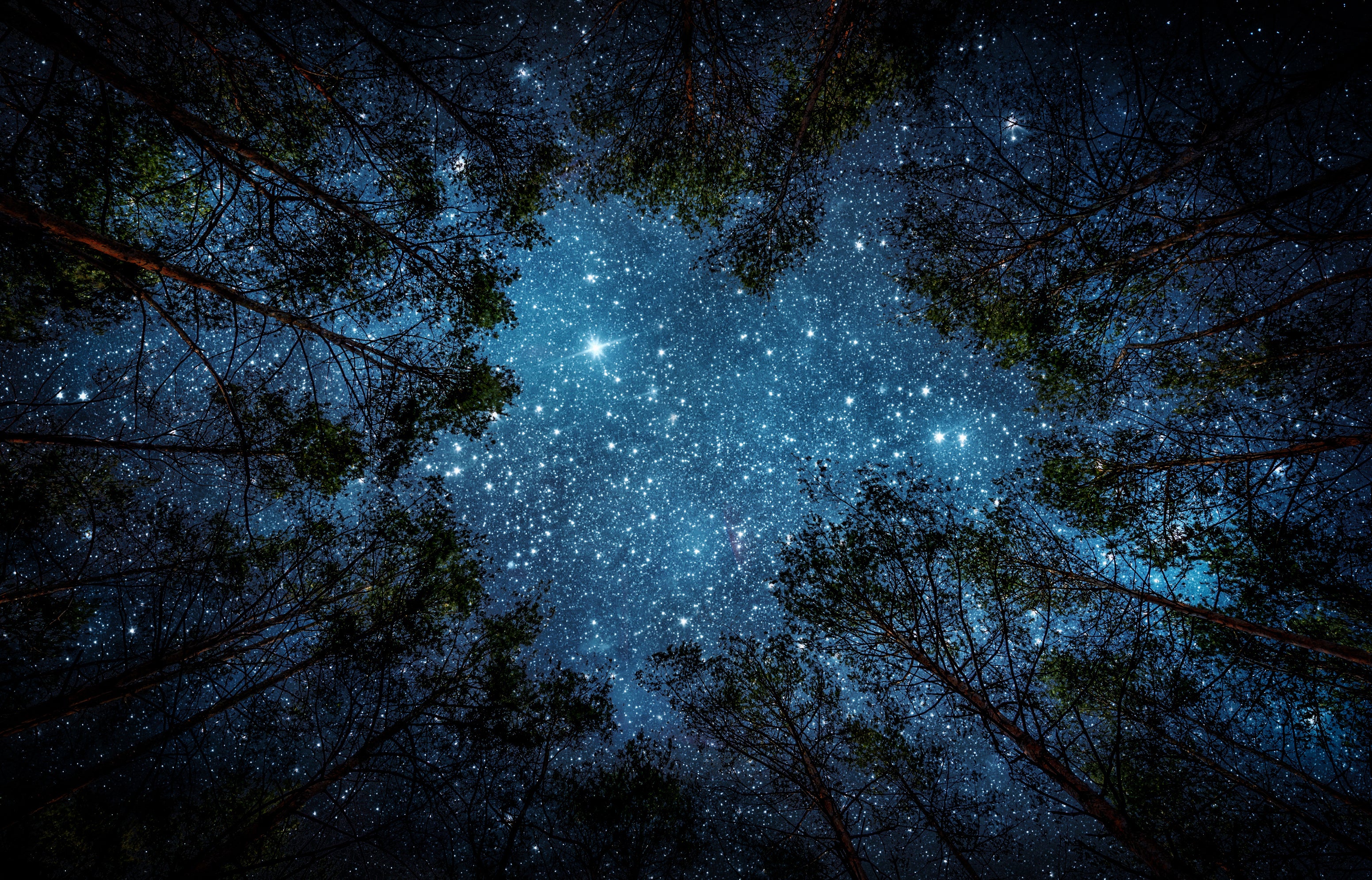Ursid Meteor Shower — Dec 22–23
Peak: 22–23 December 2025 (UTC)
The Ursids are a smaller shower but often produce bright meteors and occasional fireballs. Best viewed late at night in December, they offer a quiet winter sky spectacle.
Geminid Meteor Shower — Dec 13–14
Peak: 13–14 December 2025 (UTC)
The Geminids are one of the year’s most spectacular showers, producing bright, colorful meteors. Originating from the asteroid 3200 Phaethon, they light up the December skies.
Leonid Meteor Shower — Nov 2025
Peak: 17–18 November 2025 (UTC).
Experience the Leonids every November as they blaze across the night sky. Known for their speed and occasional fireballs, these meteors, born from comet Tempel-Tuttle, put on a spectacular show for skywatchers worldwide.
North Taurids — 9 Nov 2025
Peak: 9 November 2025 (UTC)
The North Taurids follow shortly after the South Taurids. Known for bright, slow meteors, this shower is perfect for relaxed evening skywatching.
South Taurids — 5 Nov 2025
Peak: 5 November, 2025 (UTC)
The South Taurids are a long-lasting meteor shower, producing bright fireballs. Best seen after midnight, they offer a calm but mesmerizing celestial display.
Orionid Meteor Shower: Peak around Oct 21–22
21-22 October 2025 (UTC), watch the Orionids streak across the night sky every October. These bright, fast meteors, remnants of Halley’s Comet, create a spectacular show for stargazers worldwide.
The Dragon Awakens — Draconid Meteor Shower 2025
On the night of 8 October 2025 (UTC), the northern sky will shimmer as the Dragon of Light awakens. Tiny sparks — the Draconid meteors — will streak across the heavens, carrying whispers of cosmic energy from Comet Giacobini-Zinner.
Hunter’s Supermoon — Oct 6–7
Peak Illumination: October 6, 2025. (7 October 2025 UTC). The Hunter's Moon is the full moon that follows the Harvest Moon and traditionally marks the time to hunt in preparation for winter. This particular Hunter's Moon was also a Supermoon, occurring when the moon is at its closest point to Earth in its orbit (perigee), making it appear approximately 7% larger and 15% brighter than usual.

